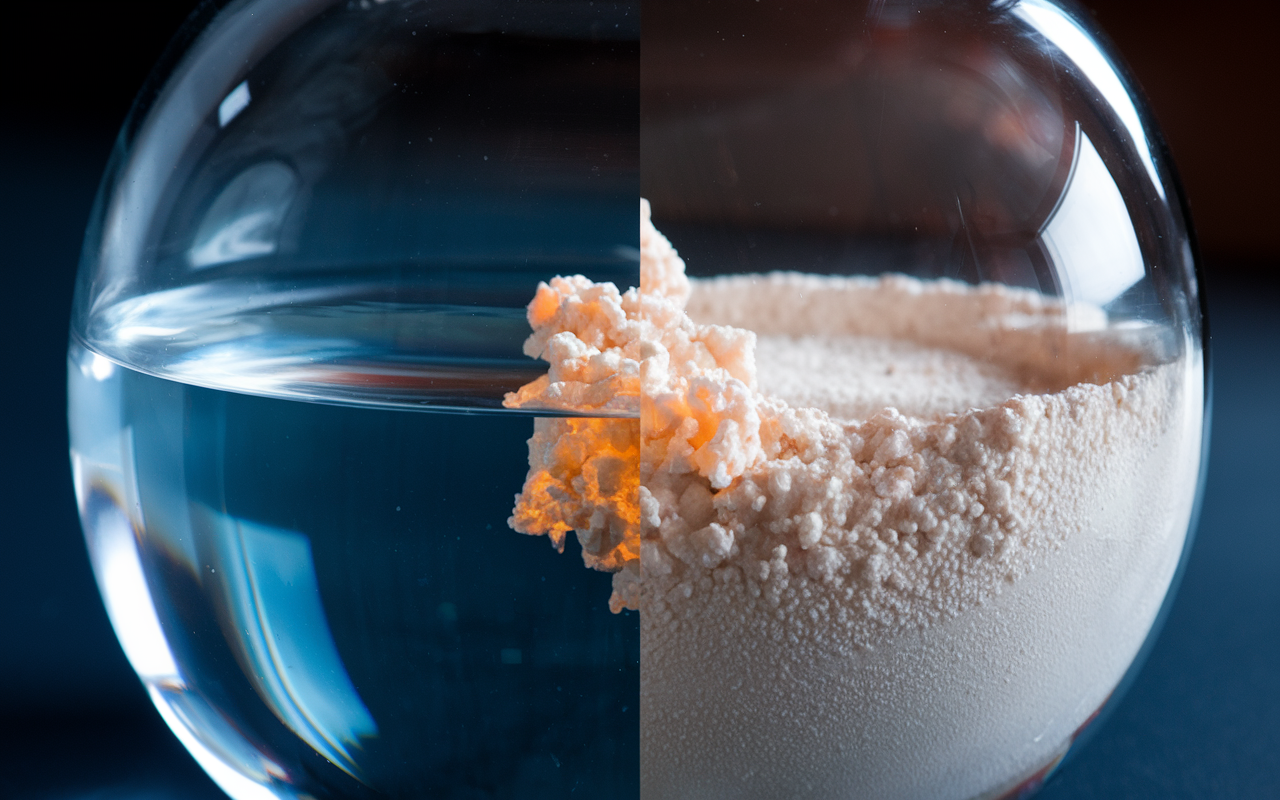Welcome to the intriguing world of chemistry, where molecules dance and atoms collide! Today, we’re diving into a fascinating compound known as Hcooch, or more formally, CH2 H2O. While it may seem just another chemical formula on the periodic table, its significance stretches far beyond what meets the eye. From everyday applications to its unique properties, understanding this molecule opens up a new dimension in both science and practical uses. Join us as we unravel the complexities of Hcooch and uncover why it matters in our daily lives!
What is Hcooch?
Hcooch, chemically represented as CH2 H2O, is an organic compound that often piques interest in various scientific fields. At its core, it consists of carbon and hydrogen atoms bonded to water molecules.
This structure gives Hcooch unique characteristics that make it relevant in both industrial and environmental contexts. It plays a crucial role in certain biochemical processes and can be found in some natural substances.
Understanding Hcooch also means appreciating its relationship with other compounds. Its molecular makeup allows for interactions with different chemicals, leading to fascinating reactions. Scientists explore these dynamics to harness potential benefits across industries.
As we delve deeper into the properties and uses of this compound, you’ll see how integral it is not just within laboratories but also in real-world applications!
The Chemical Structure of Ch2 H2o
The chemical structure of CH2 H2O, commonly referred to as HCOOCH, is fascinating. This molecule consists of one carbon atom bonded to two hydrogen atoms and a hydroxyl group (–OH).
Visualize it: the carbon forms single bonds with both hydrogen atoms and the oxygen in the –OH group. This arrangement leads to its unique properties and behaviors in different environments.
Understanding its geometry is essential. The bond angles around the central carbon create a tetrahedral shape, which influences how this compound interacts with other molecules.
Hydrogen bonding plays a crucial role here too. It significantly affects solubility and reactivity, making HCOOCH versatile in various applications ranging from pharmaceuticals to industrial processes.
Exploring this structure opens doors to understanding its behavior in nature and industry alike.
Properties and Uses of Ch2 H2o
Ch2 H2o, or Hcooch, exhibits fascinating properties that make it essential in various fields. It has a unique polarity due to its molecular structure. This characteristic enhances its solubility in water and other solvents.
Its low boiling point allows for easy evaporation, which is crucial in chemical reactions where temperature control matters. Additionally, Ch2 H2o is known for being an excellent solvent itself.
Industrially, it’s widely used as a precursor in synthesis processes. The compound plays a vital role in the production of pharmaceuticals and agrochemicals.
In laboratories, researchers rely on Ch2 H2o for developing new compounds and conducting experiments involving organic chemistry. Its versatility makes it indispensable across multiple disciplines.
From agriculture to medicine, the applications of Ch2 H2o demonstrate its significance within both academic research and practical implementations.
How Ch2 H2o is Formed
Ch2 H2o, also known as Hcooch, forms through several natural processes. One prominent method is during the combustion of organic compounds. When these compounds burn in the presence of oxygen, they produce various byproducts, including Ch2 H2o.
Another significant formation pathway happens in biological systems. Microorganisms break down biomass during decomposition. This process generates a mix of chemical compounds, among which Ch2 H2o can be found.
Furthermore, industrial applications often synthesize Ch2 H2o through controlled reactions involving specific reactants. Chemists manipulate conditions such as temperature and pressure to optimize production.
Understanding each formation pathway reveals how interconnected our environment is with chemistry’s intricate dance of molecules at play.
Chemical Reactions Involving Ch2 H2o
Chemical reactions involving CH2 H2O, commonly recognized as HCOOCH, are quite fascinating. This compound often acts as an intermediary in various chemical processes.
One notable reaction includes its role in esterification. Here, CH2 H2O reacts with acids to form esters and water. This process is critical in organic chemistry for synthesizing valuable compounds.
In addition to ester formation, HCOOCH can participate in oxidation reactions. These transformations may yield aldehydes or carboxylic acids depending on the reactants used.
Moreover, it plays a significant role in biochemical pathways within living organisms. For example, it’s involved in metabolic cycles that help produce energy from carbohydrates.
Understanding these reactions deepens our knowledge of both organic chemistry and biochemistry while highlighting the versatility of this simple molecule. Each interaction reveals new potential applications across numerous fields such as medicine and environmental science.
Common Misconceptions about Ch2 H2o
Many people confuse CH2 H2O with other simple compounds. For instance, it’s often mistakenly linked to methane or alcohol due to its structure. However, these substances have vastly different chemical properties.
Another misconception is regarding its stability. Some believe CH2 H2O is highly volatile and reactive. In reality, it can be quite stable under standard conditions.
There’s also a misunderstanding about its role in biological systems. While some think it’s primarily an industrial compound, CH2 H2O plays vital roles in biochemical processes as well.
People may assume that all compounds containing carbon behave similarly. This isn’t true; the unique arrangement of atoms in CH2 H2O gives it distinct characteristics that set it apart from others like formaldehyde or ethanol.
Many overlook its applications beyond chemistry labs. From agriculture to pharmaceuticals, this compound has diverse uses that extend far into various industries.
Conclusion
Understanding Hcooch and its relation to Ch2 H2o is essential for grasping basic chemistry concepts. As we dive into the intricacies of this compound, it becomes evident how interconnected our understanding of chemical structures, properties, and formations can be. The various reactions that involve Ch2 H2o highlight its significance in both industrial applications and natural processes.
Many misconceptions surrounding Ch2 H2o stem from a lack of clarity about its structure or behavior. By addressing these myths, we can foster a more accurate understanding among enthusiasts and professionals alike.
As science continues to evolve, so too does our knowledge about compounds like Hcooch. Keeping up with new discoveries will only enhance our appreciation for the role these chemicals play in everyday life as well as their potential future applications.

